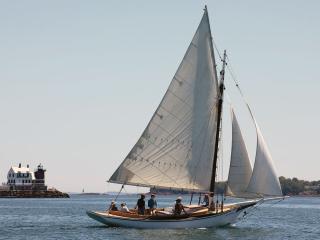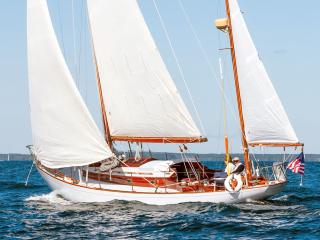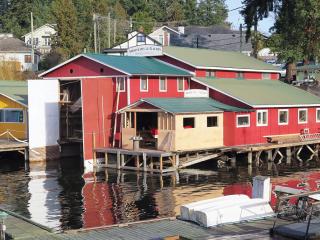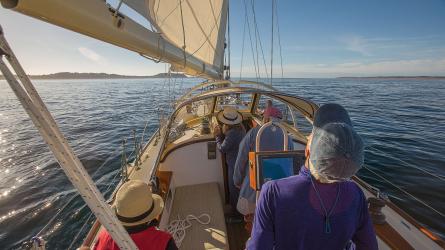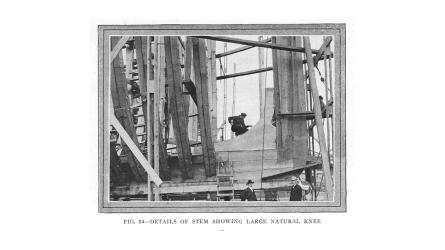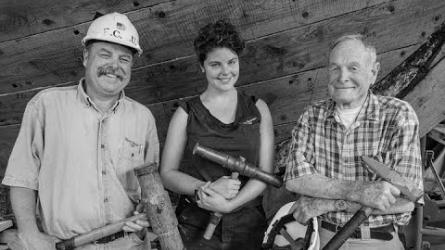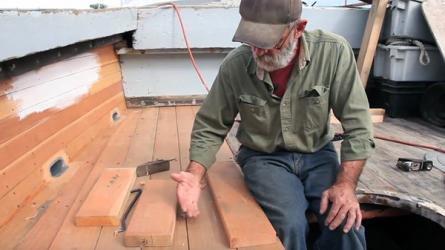September / October 2019
Lateen Rig
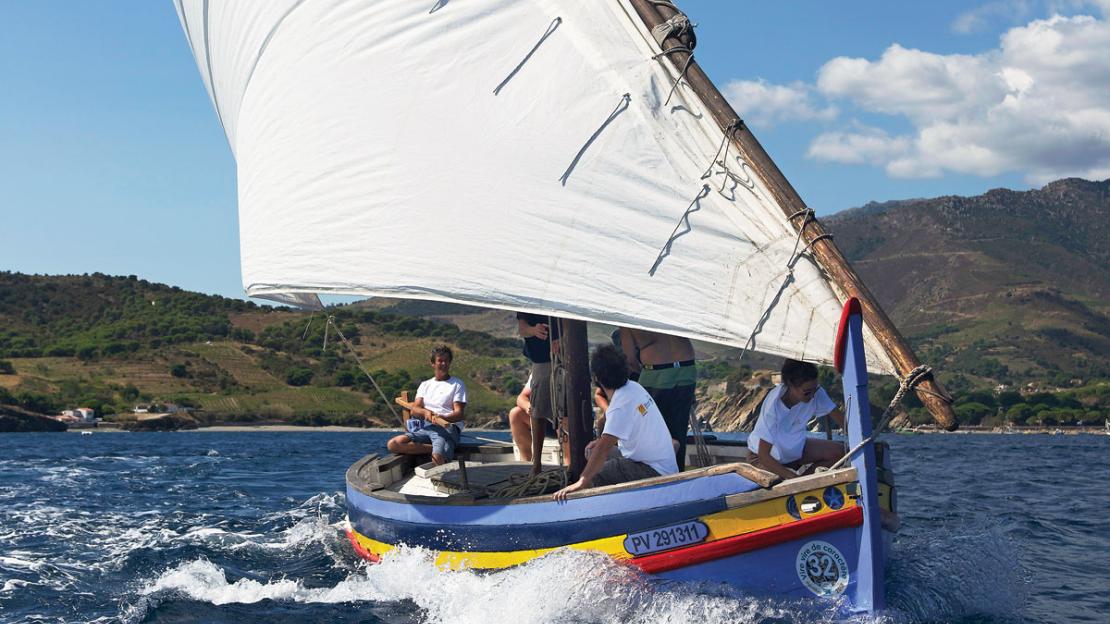
The lateen-rigged barque catalane ALBADA heads out of Paulilles with one reef in her mainsail on the first day of racing at the 2018 Vire Vire de Caractères (traditional boat gathering) in Côte Rocheuse, France. Built in 1954, the 30′ wooden boat, also known as a sardinal, fished in these waters for many years before being restored by Vela i Vent in Banyls-sur-Mer.
I’m on LIBRE PENSEUR, sailing from her home port of Argelès-sur-Mer along a strip of coast known as La Côte Rocheuse (the rocky coast), the last bit of France before the Mediterranean spills into Spain. The tramontane, the local northwesterly wind, is coming down off the Pyrénées, and pushing along our 1904 barque catalane, or Catalonian fishing boat, on a dead run. It’s a gusty and often unpredictable wind, and as we approach the picturesque town of Collioure (once a source of inspiration for France’s greatest artists, including Matisse and Picasso), skipper Bruno Mazzilli decides to jibe. This is a lateen rig, though, and the yard is currently on the leeward side of the mast— or à la bonne main (i.e., the good way). If we simply jibe, the yard will end up on the windward side of the mast, or à la mauvaise main (the bad way) which is not only less efficient but it makes it more difficult to spill the wind in a gust.
So Bruno decides to trélucher (jibe the yard). Unlike a lug sail, however, the yard on a barque catalane isn’t lowered and rehoisted on the other side of the mast. Instead, once on a downwind course, the yard is raised high enough to clear the foredeck, and the whole sail, yard and all, is passed around the front of the mast and resheeted on the other side. In the Canaries and elsewhere, lateen sails are rigged so the yard can pass behind the mast while going about, but here on the Côte Rocheuse, you either have to jibe to perform the maneuver or carry on sailing à la mauvaise.
Once the boat is on the other tack, a remarkable thing happens. Instead of just easing the sheet and letting the sail fill on the starboard side of the boat, Bruno asks the foredeck crew, led by Carole Grivotet, to ease the davant (the line that controls the forward end of the yard on the windward side) and allow the car (forward end of the yard) to rise into the air on the port side, until the yard is almost horizontal. The great sail then billows forward like a triangular-shaped square sail, stretched out on the roughly 52' (16m) yard (more than one-and-a-half times the length of the boat), giving a steady and fast motion. This is known as sailing en croix (in a cross) and it certainly feels as if you’re sailing under a giant, airborne cross.
To read the rest of this article:
Click the button below to log into your Digital Issue Access account.
No digital access? Subscribe or upgrade to a WoodenBoat Digital Subscription and finish reading this article as well as every article we have published for the past 50+ years.
ACCESS TO EXPERIENCE
2-for-1 Print & Digital Subscription Offer
For this holiday season, WoodenBoat is offering our best buy one, get one deal ever. Subscribe with a print & digital subscription for $42.95, and we’ll give you a FREE GIFT SUBSCRIPTION to share with someone special.
1 YEAR SUBSCRIPTION (6 ISSUES)
PLUS ACCESS TO MORE THAN 300 DIGITAL BACK ISSUES
PRINT+DIGITAL $42.95
Subscribe
To read articles from previous issues, you can purchase the issue at The WoodenBoat Store link below.
 Purchase this issue from
Purchase this issue from

